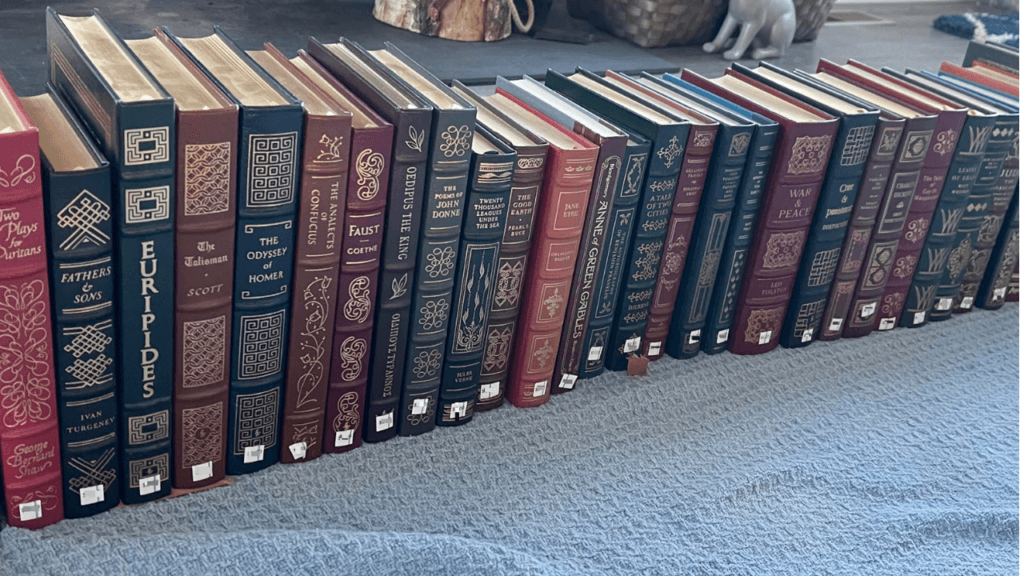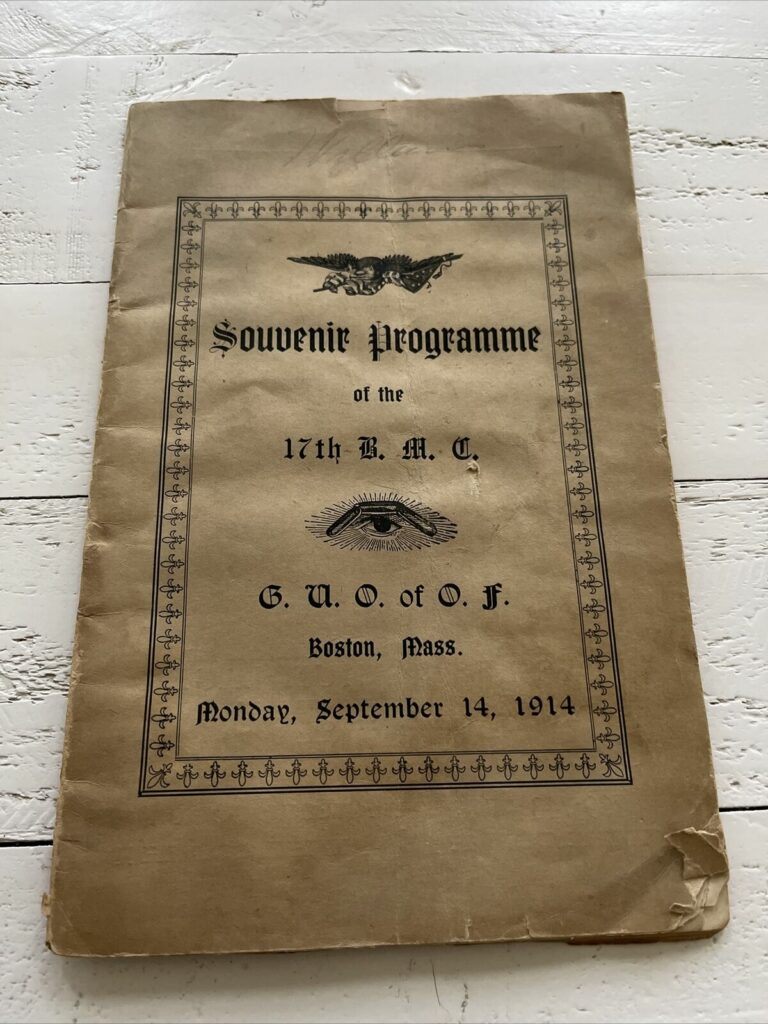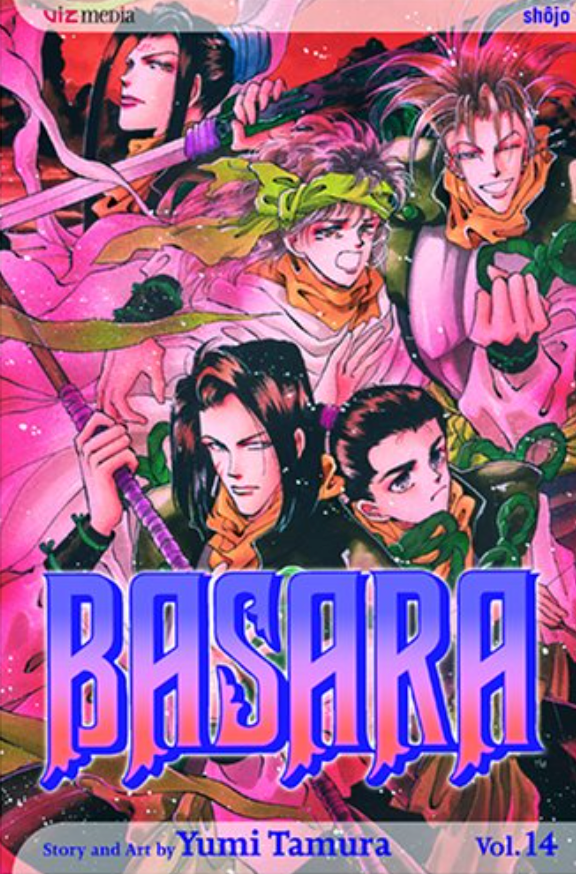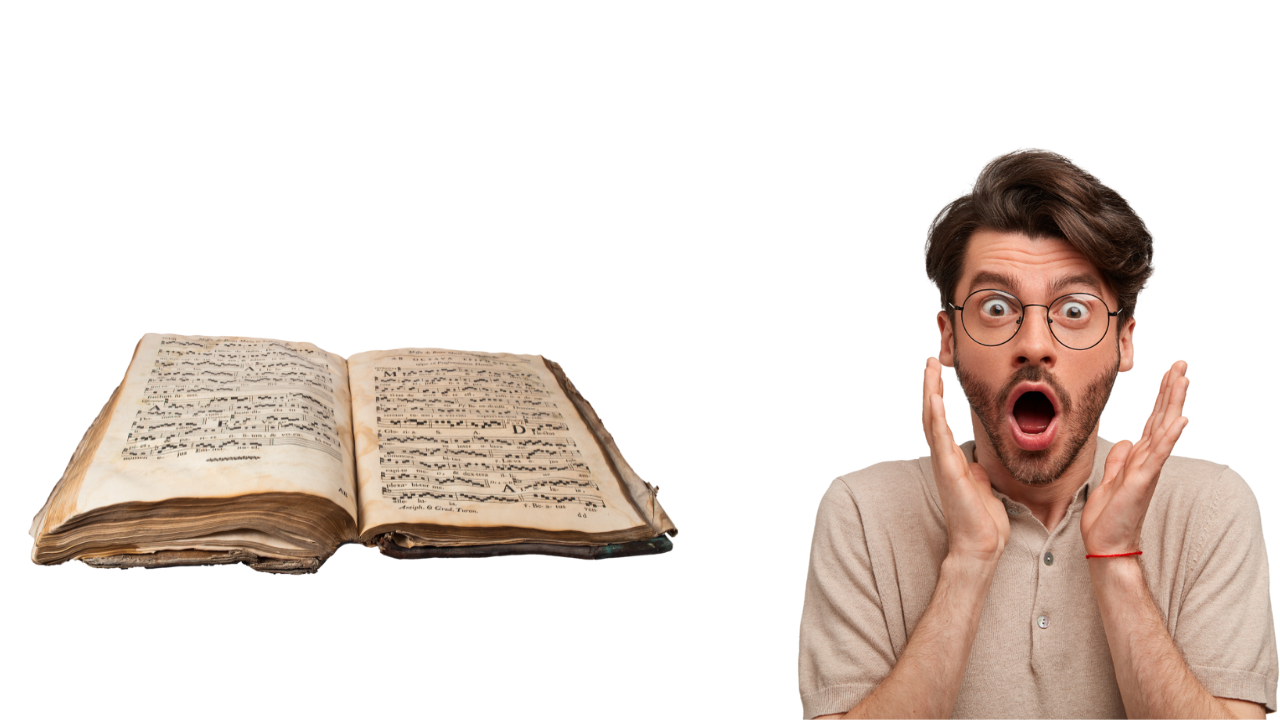So, you’re curious about what makes a book collectible? Welcome to the enchanting world of book collecting. It’s a realm where every book has a story, not just inside its covers, but in its journey to your shelf.
I’m here to guide you through this fascinating world, exploring the allure of rare finds, the charm of first editions, and the thrill of discovering modern gems that could be tomorrow’s treasures.
Whether you’re a seasoned collector or just starting out, there’s always something new to learn in the world of collectible books.
So, let’s dive in and uncover the stories that make each collectible book unique and, well, collectible!
🔔 Please subscribe to our Youtube channel
The Fascinating History of Book Collecting
You know, book collecting isn’t something that just popped up recently. It’s got roots that go way back to ancient times in places like Mesopotamia and Egypt.
Picture this: rulers and scholars, surrounded by scrolls and tablets, they weren’t just gathering these for show.
They truly treasured the knowledge they contained. These guys were the original book collectors and set the stage for everything that came after.
Middle Ages and the Monastic Libraries
Fast forward to the Middle Ages. Picture monks in European monasteries, meticulously hand-copying manuscripts.
These weren’t just any old texts – they were preserving the bedrock of religious and classical knowledge.
It’s fascinating to think about these monastic libraries as the epicenters of learning back then.
The Renaissance and Private Collections
Then came the Renaissance, and boy, did things change. Wealthy folks started curating their own libraries.
It wasn’t just about religion anymore; they were into everything – literature, science, philosophy.
This was the era’s way of showing off their love for knowledge and the arts.
The Printing Press Revolution
Now, let’s talk about a real game-changer: the printing press. Gutenberg’s invention in the 15th century made books so much more accessible.
Suddenly, it wasn’t just the rich who could collect books; the middle class got in on it too, boosting literacy and learning for everyone.
The 17th and 18th Century Enlightenment
In the Enlightenment of the 17th and 18th centuries, book collecting really took off among intellectuals.
They weren’t just collecting for the sake of it; these books challenged and broadened human understanding.
Libraries became a symbol of personal knowledge and a contribution to wider intellectual heritage.
The 19th Century and Industrialization
With the industrial revolution, book production skyrocketed. This era birthed the idea of specialized collections – focusing on specific genres, authors, or historical periods.
It’s kind of like how we have themed collections today.
The 20th Century and Beyond
In the 20th century, book collecting turned into a recognized hobby. We saw the rise of rare book dealers and auctions, and new technology started changing how we collect and preserve books.
It became all about the condition and authenticity.
The Digital Age
Nowadays, in the digital age, it’s a whole different ball game. Sure, e-books are everywhere, but according to a survey by paper producer Stora Enso, most readers still prefer physical books.
They’re not just about the content anymore; it’s their history, their look, their feel.
You see, book collecting has come a long way from those ancient libraries. It’s been a journey from sacred texts to a mix of subjects and formats, with each era leaving its unique stamp.
That’s the beauty of book collecting as we know it today – it’s rich, diverse, and always evolving.
What Defines a Collectible Book?

Let’s talk about what turns an ordinary book into a collectible. It’s like this – a book becomes a gem in the collector’s eye when it’s more than just a read.
Think about factors like how rare it is, its age, or maybe it played a part in history or was touched by someone famous.
These books aren’t just books; they’re like treasures in the vast world of literature and history. Let’s go over what to look for in collectible books.
Rarity
Imagine finding a book that’s one of only a handful in existence. That’s the allure of rarity. It’s like discovering hidden treasure.
Limited copies can turn a book into a collector’s prize.Take the Gutenberg Bible, for instance. Its historical significance and sheer scarcity make it a crown jewel for collectors.
Or think about the first edition of ‘The Great Gatsby’ – its literary fame, combined with a limited first print run, makes it a must-have.
Condition
A book in near-perfect condition? That’s the gold standard in collecting. It’s like finding an old car in mint condition – the value just skyrockets.
When you’re checking out a book, look at it like an inspector. Tears, stains, fading – these are red flags. Check the binding.
Is it still holding strong? And the pages – are they crisp, clean, unmarked? That’s what you want.
First Editions and Special Editions
These are the books that often stand out in a collection. They’re like the first mint of a coin, often with unique features that later editions don’t have.
Looking for them is like a treasure hunt. Check the publication date – the earliest is usually your first edition.
And look for those unique touches – special illustrations, maybe a different kind of binding.
Signatures and Inscriptions
Signatures and inscriptions in books hold a special place in the realm of book collecting.
They create a personal connection to the author, transforming an ordinary copy into a unique and cherished artifact.
This personal touch not only adds sentimental value but also forms a tangible link to the author’s own hand, making the book more than just printed words on paper.
Historical Importance

Books that have been part of big events or movements? They’re collectible not just for their content but for the stories they’re part of.
They’re like witnesses to history. ‘To Kill a Mockingbird’ by Harper Lee, for instance, isn’t just a novel. It’s a piece of American civil rights history.
And original Shakespeare Folios? They’re like the holy grails of English literature.
But collectible books don’t always have to be about super famous stuff. Sometimes, it’s the more niche or group-specific items that catch people’s interest.
Like, we had this vintage 1914 Souvenir Programme of the Grand United Order Of Odd Fellows America in our store – not exactly mainstream.
But guess what? We listed it for $49, and it was snapped up in less than a day. Just goes to show, there’s a collector for almost everything out there.
Unique Features
Sometimes it’s the quirky things – a weird binding, a cool illustration, or even a printing goof.
Understanding the Difference: Collectible vs. Rare Books
The terms collectible and rare are often used interchangeably in the world of book collecting, but they carry distinct meanings. Let me break it down for you.
Collectible books are like those books that have something extra special about them. It might be because they’re tied to a historical event, penned by a famous author, have a quirky misprint, or they’re just in tip-top shape.
They’re the kind of books that make you say, “Wow, this is cool,” even if you can find them pretty easily.
Now, rare books, that’s a different ball game. These are the books that are hard to come by – think limited print runs, really old age, or they’ve survived some pretty rough times.
Their rarity is what puts them on the collector’s radar. It’s all about how many copies are out there and how tough they are to track down.
So, here’s the thing: while every rare book is kind of automatically a collectible because of its scarcity, not every collectible book is rare.
You might have a book that’s pretty common, but if it’s got, say, an author’s signature or a unique cover, it becomes a collectible.
It’s not about how hard it is to find, but what makes it stand out. That’s the gist of it in our world of book collecting.
Let me give you a perfect example of a book that’s both rare and collectible. We had this “Basara Number 14” Manga Graphic Novel, a real fantasy gem.
We put it up for sale, and you know what? It went for $140!
It’s one of those finds that ticks both boxes – hard to come by and really sought after by collectors.

Provenance in Book Collecting: The Story Behind the Book
Provenance is like a book’s backstory – who owned it, where it’s been, all that good stuff. It’s like tracing a family tree but for books.
When a book’s got a cool history or famous previous owners, it’s like it’s got a secret superpower. That can seriously crank up its value and appeal.
The Value Boost from Provenance
If you can prove a book’s history, it’s like confirming it’s as special as you think it is.
Books that rubbed elbows with historical big shots or lived through big events are like gold dust in the collecting world.
Some Provenance Heavyweights
Imagine a Shakespeare First Folio that once sat in a king’s library. Yeah, that’s a collector’s dream.
A copy of ‘The Diary of a Young Girl’ that Anne Frank herself held? That’s not just a book; it’s a piece of history.
Books from Charles Dickens’ personal collection, especially with his notes? That’s like having a direct line to the man himself.
Digging into Provenance
It’s all about clues – old letters, inscriptions, even library stamps or sale records. They help piece together the book’s journey.
Sometimes, you need a pro – like an appraiser or historian – to confirm your book’s epic backstory.
Market Impact of Provenance
A book with an amazing story can turn heads in the collecting world. It can make other collectors sit up and take notice.
Often, it’s not just the book itself. Collectors are shelling out for that unique story, that slice of history it represents.
The Emotional and Cultural Angle
There’s something about owning a book with a story. It’s like holding a piece of the past in your hands.
A book’s journey can reflect changes in the world, making it a small but significant piece of the bigger historical puzzle.
In a nutshell, provenance isn’t just about authenticity or rarity; it’s about the stories and history wrapped up in a book.
It’s these tales from the past that can turn a regular old book into a treasured piece of history, making it all the more precious to collectors like us.
Conclusion
And that wraps up our little journey through the captivating world of book collecting. From the ancient scrolls to the glossy modern editions, we’ve seen how every book carries its own unique charm and history.
Whether it’s the rarity, the condition, a brush with history, or simply the joy of owning a piece from your favorite author, each collectible book adds a special flavor to your collection.
Remember, book collecting isn’t just about hoarding; it’s about cherishing stories, both written and unwritten. So, as you embark on your own book-collecting adventure, keep an eye out for those hidden gems.
They’re not just books; they’re gateways to different worlds and times. Happy collecting!

